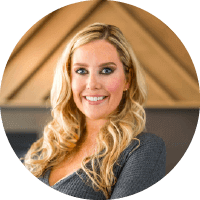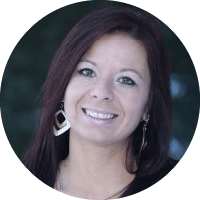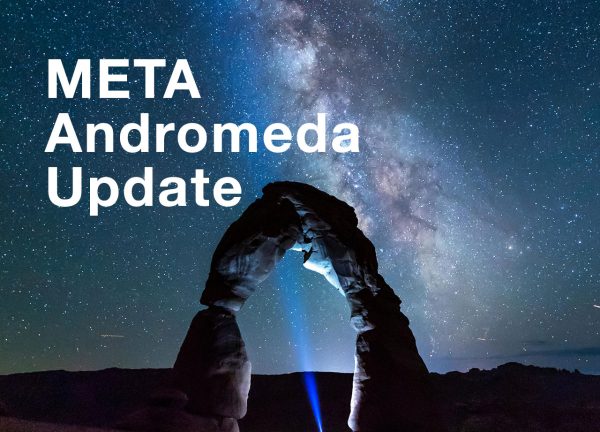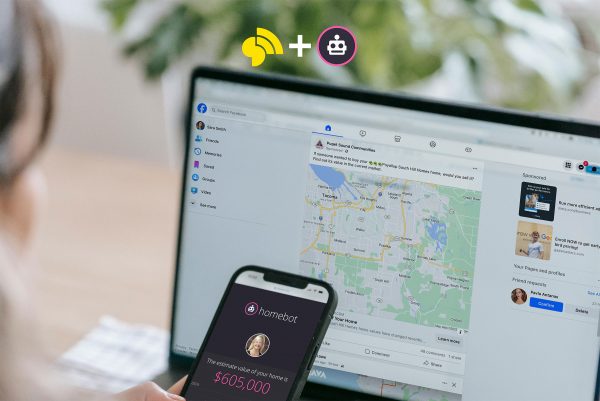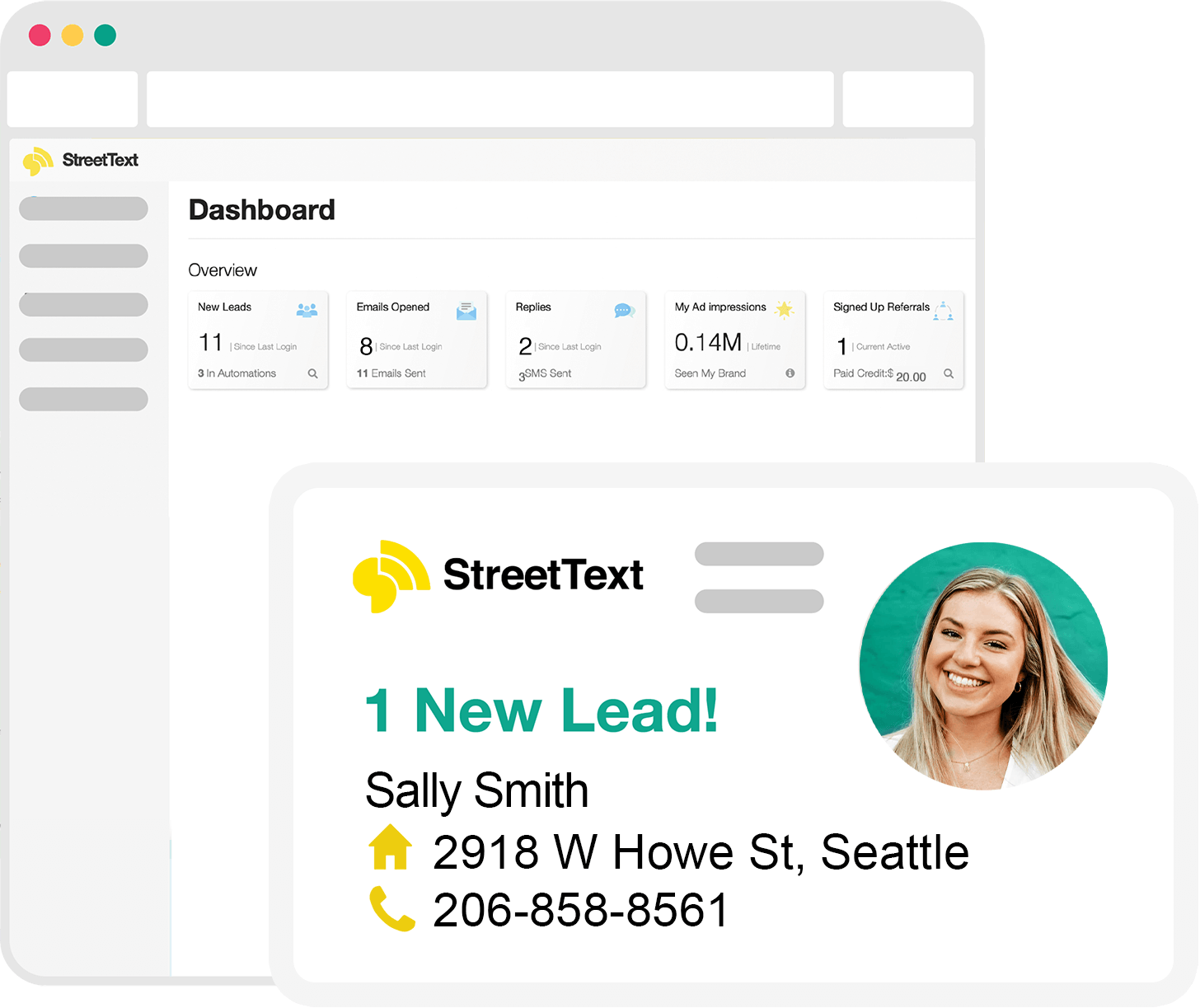How to grow your lead database list to increase the number of conversations you have with prospective clients.
Today you are going to learn a simple and effective long-term strategy to increase the number of clients you work with month over month. We use this strategy in our business, our clients use it in their business, it is effective and it works. Best of all, if you are an experienced Realtor with an assistant most of this will fit perfectly into your existing systems – increasing the returns on your current investments of time and money.

Introduction: Understanding Peaks and Valleys
Principle number 1: We want results and our habits breed the results. Habits are formed by our activities. And what we do is determined by what we believe. Legendary NHL player Ryan Walter said that in 15 minutes he can teach anyone everything they need to know to take a face-off in the NHL. But, he says, what people do with that knowledge is determined by their beliefs. Think of the difference between one person, who believes they may be able to play at the NHL level, versus someone who doesn’t.
The strategy you are learning today will give you everything you need to know to play at the Pro level of Real Estate. This is a long-term strategy, but it will occasionally yield an immediate deal or 2, we call these “peak moments”. When the interest of your prospective client is at the peak and your “lead capture” gets them at that moment.
It’s normal for a prospect to be in a constant flux between peaks and valleys of interest until they finally mature into a high peak. In strategy 2 you will learn how to engage your clients to keep the communication lines open to ensure you are top of mind when they move into that high peak moment.
Strategy 1: How to grow your list:
You have a list of past, present and potential clients. This is your roll-a-dex and it is one of the most valuable assets you have as a Real Estate Agent. By growing and staying in touch with your clients you will grow the number of deals you do – year after year. First and foremost you need to grow that list. But you already know that.
a. Neighborhood farming mailouts.
Tried and true. Neighborhood farming works by choosing an area in your market and targeting that area with postcards, flyers or newsletters. Good content ideas include recipes (people tend to keep these), Just-sold flyers (captures the attention of anyone considering selling/buying in the area), and latest trends in the market place. The key with neighborhood farming is that you need to be consistent. The cost of sending mail is rising, so you want to send at least 3-4 pieces of content to get a return on your investment.
b. Facebook farming.
This is the best strategy that I know of today at getting introductions to new clients and prospects. It does the door-knocking on your behalf, so that when someone is interested, you get notified right away. You can spend a weekend canvassing a neighborhood and you may only get 2 conversations. Or you can focus on Real Estate and use the internet to canvas the neighborhood for you. You may still only get 2 conversations, but at least you spent your time doing what you are good at.
The best part of Facebook farming is that it runs day-in-day-out while you are doing your other duties. Ensuring that you always have a growing list of prospective leads and clients. StreetText’s Lead Magnet is incredibly effective at capturing and converting Facebook leads on your behalf.
c. Asking for referrals.
Real Estate business is built on referrals. Maybe you know of the guy down the hall who is looking for a quick sale. The reason is likely because they don’t have any referrals. Agents that treat real estate as a business understand the importance of serving their clients well. One deal often translates into 2 or sometimes more from referrals.
Top Producer Shawn Worsfold says that he uses referrals as a measure of his level of service. He also asks every client if they know of anyone else thinking of buying or selling after closing a deal. If you put the client first and treat them well, they will have no problem referring someone to you – if they know of anyone.
d. Community events.
Community events like fundraisers and social gatherings are a great way of meeting new people. It takes a gifted person at turning a initial meeting into a new prospect. My advice is to avoid handing out any business cards unless it’s a strictly professional event, or they offered their card to you first. Instead use it as a way of getting introductions and keeping your ears open if you hear of someone thinking of buying or selling.
e. Door-knocking and mall booths.
This activity is usually reserved for those new to the industry. It takes a lot of time. If you don’t have any clients or prospects this is a very inexpensive way of getting out there.
f. Open houses
Open houses have a love/hate relationship in real estate. Most home sellers love them – most agents hate them. A properly advertised open house in a high traffic area will wield results. Advertise the open house in your local online classifieds and open house network. Each new person that comes through the door is a prospective clients. There are apps, like OpenHomePro that you can get for your iPhone and iPad that will enable you to get feedback from this traffic and most importantly capture their contact details.
It’s really important to get back to everyone that came through the open house with an email about the property and tell them in that email that you are happy to help them find similar homes in the area. Robert H. in Sarnia, Ontario did this and he got a client from an open house a year later – because they were impressed by his level of service.
e. Others:
I didn’t include online banner ads, print banner ads, or billboards because they are not effective at getting new clients. Billboards are effective at growing your brand and trust in the community (but that’s for another topic).
Strategy 2: How to create engagement in your list:
a. Create an email list
Make sure that all your prospective clients are added to an email list. If you haven’t already got an email list provider you can use Mail Chimp. They allow you to have up to 2000 subscribers for free.
Real Estate coach Mark Leader says, “A good Realtor should be focused on prospecting and listing appointments, everything else should be delegated.”
With that in mind you will want to have an assistant send a short email to your list once or twice per month.
Avoid long newsletters. A short newsletter is fine. Include some news about your life, such a family wedding, or holiday events. This will build trust. Also include a quick market statistic or trend that you’ve seen.
Be consistent.
You will want to send your email at the same time every month or bi-weekly. Create content that fits your brand, personality and style. People will begin to look forward to your newsletter.
b. Follow-up with all lead inquiries
Have your assistant follow-up with all lead inquiries. Some agents may feel that they will do a better job at following up with leads. However, your time is valuable. Top Producing agents like Isaac Verge, have their assistants call on their behalf. “Hi, I’m calling on behalf of Isaac Verge’s office…“
This technique establishes trust in the eyes of your lead. Most crucially, it allows you to systematize lead follow-up. If you are at an appointment or showing you can’t always respond in the moment. It’s easy to get tied up with a busy day and then realize you now have 3 calls to do. This can be avoided by having your assistant do the lead follow-up.
It’s proven that a lead is 100 times more likely to do turn into a client if you call them within 5 minutes of their inquiry.
The reason is two-fold, one they have the time to talk to you. They just inquired and they may be in front of a computer at that moment. Secondly, they are in a “peak” of interest. Peaks can be very short-lived. They may be considering listing sometime in the near future, right now they are thinking about it, but 1 hour later they’ve moved onto something else. Steve wrote more about peaks and valleys of interest here.
Furthermore, it allows your assistant to weed out the tire-kickers, saving you headaches.
Finally, it is best practice to respond to leads in the same method they used to contact you. Either by email, text or phone. Sometimes it’s easy to get used to a style of communication, but remember, the more comfortable you make your prospect, the more likely they will feel comfortable working with you.
Strategy 3: How to turn your audience into active clients:
Now we come to the very important part about conversion. I’ve written a 3 part series on conversion here. But let’s start with the core.
A prospect from your database list converts into a client because it’s the right time for them and because you were the Realtor they are in communication with.
When agents don’t have good systems in place they lose deals to those that do. The reason is that online leads are often 6 or 7 months out. Of course there is the occasional lead that is 1 week out. But what happens is that lead is in a peak of interest. An agents gives them a call, they have a conversation, and the person lets them know they don’t plan on selling anytime soon. The conversation ends and so does any future communication because the lead is not added to an email list.
4 months later, that lead is now ready to move sooner than expected. His wife is pregnant with their 2nd child and they need another bedroom. He needs to sell his home and buy another.
What could have translated into a big deal for the agent, turns into a good deal for someone else.
The key to converting your list is to offer a mix of content in their emails and end each email with a question. This will increase engagement and help capture ripe prospects.
For example, at the beginning of your newsletter remind people that you are always happy to accept referrals. At the end of your newsletter ask your subscriber if they would like more information about a particular neighborhood or a list of similar homes to the one you featured.
As a prospect moves through the stages they often start in the education phase. “How much is my home worth?” Followed by, choosing a neighborhood, determining their price-range, and eventually coming to the point that they are ready to buy or sell.
By asking questions with each email you can capture prospects in the various stages. Keeping them engaged in their peak moments.
Eventually they will be ready to list or buy – and you will be agent they have invested the most time with. That’s when you can expect a response to your latest email, asking if they would like a report on their home value or a list of similar properties. “Thanks, but what we would really like is this… when can we schedule an appointment.”
Summary:
Success in sales is about having a conversation. Building a list of past, present and potential clients is the key to growing a vibrant real estate business. By nurturing the list with emails you will always have an active and potential pool of real estate clients to draw from. Once they are ready to have a conversation about real estate, you will be the first Realtor that comes to their mind.
If you have any questions please ask them in the comments below, I will respond to every one. Best of luck as you grow your business.



